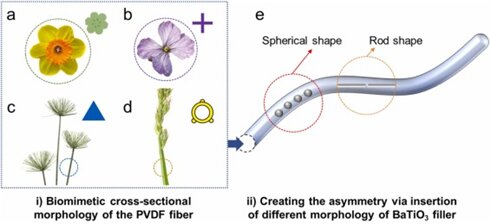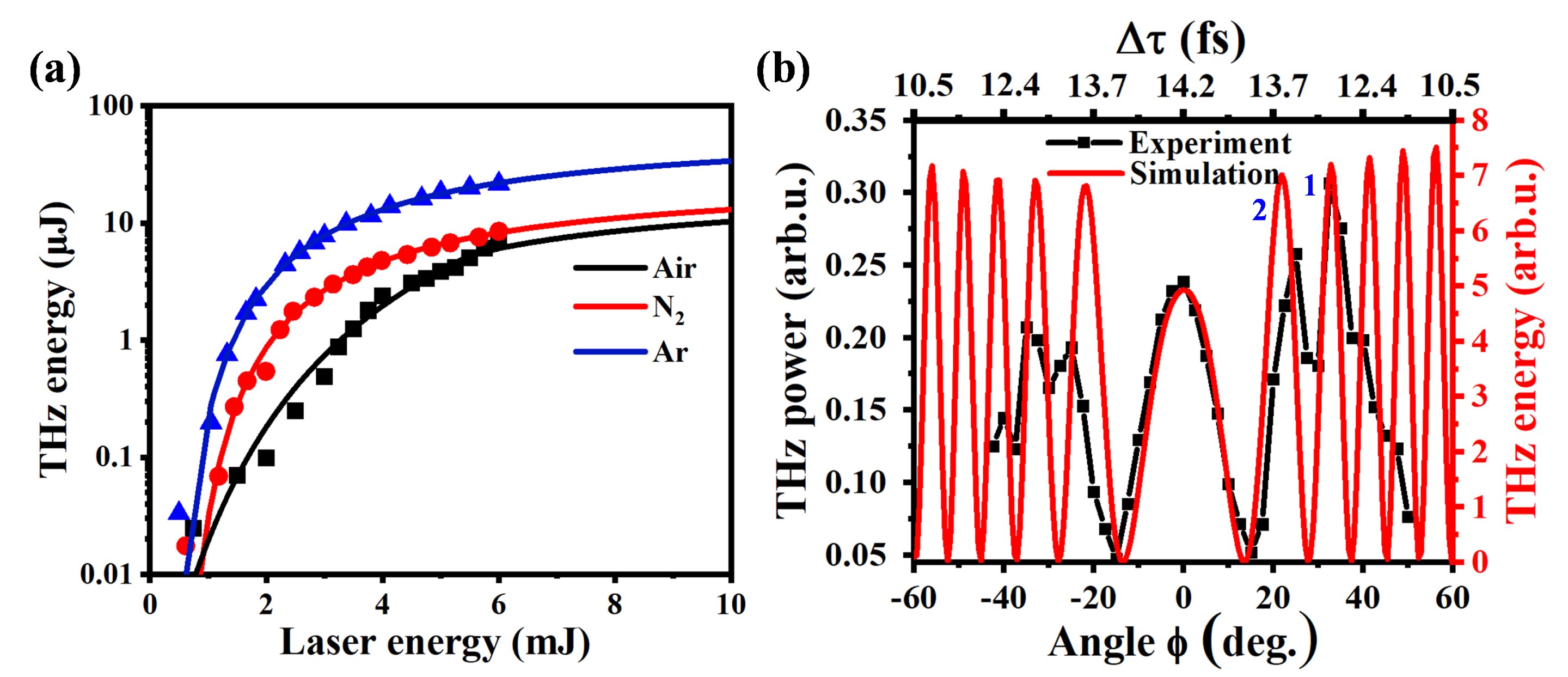#Work on recycling energy using piezoelectric fiber finds solutions in the shapes of flowers and stems of plants

Table of Contents
“Work on recycling energy using piezoelectric fiber finds solutions in the shapes of flowers and stems of plants”

A research team led by Lim Sang-kyoo, senior researcher of the Division of Energy Technology at DGIST (President Kuk Yang) developed a piezoelectric polymer/ceramic composite fiber with a cross-sectional form that is uniformly controlled to allow the use of energy harvesting technologies that can recycle energy wasted or consumed in everyday life.
Piezoelectric fiber can produce electrical energy through the piezoelectric effect of the material and drive wearable electronic devices through the movement of the wearer. However, most of the piezoelectric fibers developed so far are made of nanofibers, meaning that it is difficult to control the shape of the fibers, and that the fibers are weak, thus hindering its commercialization. In addition, there are very few studies on the relationship between the shape of the fiber material and the piezoelectric performance.
A research team led by Lim Sang-kyoo, senior researcher of Division of Energy Technology, produced PVDF (Polyvinylidene fluoride) fiber that contains barium titanate in a nano stick form by taking the shape of flowers and stems (daffodils, radish blossoms, papyrus stems, and sedge stems) using melt spinning technology and controlling their cross-sectional shapes uniformly. The team confirmed that it improved the piezoelectric performance by increasing the surface area of the fiber while simultaneously increasing the crystallinity of the fiber, which is advantageous for generating electricity.
Also, the team confirmed the correlation between the specific surface area and the piezoelectric effect according to the shape of the fiber using a high-speed camera. The piezoceramic PVDF composite fiber generates an electrical signal according to the deformation by an external force. PVDF fibers containing barium titanate nanostructures in different shapes (spherical and stick shapes) were produced to investigate the difference in piezoelectric performance depending on the shape of piezoelectric ceramics. The team confirmed that it maximizes the dielectric polarization and contributes to the improvement of the piezoelectric performance favorable to the arrangement.
Senior Researcher Lim Sang-kyoo said, “It is expected that high-performance fiber-type energy harvesting materials with enhanced fiber strength can be commercialized through this research in the future.”
The results of this study were published in the June issue of Nano Energy.
Young Kwang Kim et al, Effects of biomimetic cross-sectional morphology on the piezoelectric properties of BaTiO3 nanorods-contained PVDF fibers, Nano Energy (2022). DOI: 10.1016/j.nanoen.2022.107216
Provided by
DGIST (Daegu Gyeongbuk Institute of Science and Technology)
Citation:
Work on recycling energy using piezoelectric fiber finds solutions in the shapes of flowers and stems of plants (2022, August 12)
retrieved 13 August 2022
from https://techxplore.com/news/2022-08-recycling-energy-piezoelectric-fiber-solutions.html
This document is subject to copyright. Apart from any fair dealing for the purpose of private study or research, no
part may be reproduced without the written permission. The content is provided for information purposes only.
If you liked the article, do not forget to share it with your friends. Follow us on Google News too, click on the star and choose us from your favorites.
For forums sites go to Forum.BuradaBiliyorum.Com
If you want to read more Like this articles, you can visit our Science category.

